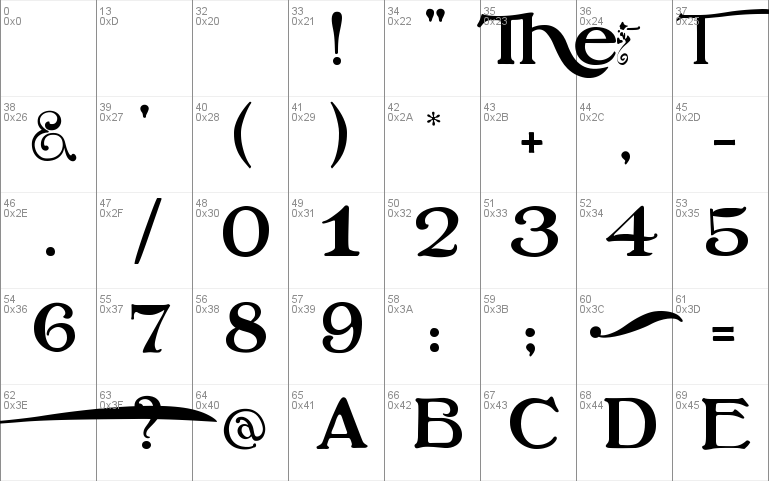

There may be plenty of text on the page, but it’s not stuff you read straight through like a book. Apps that involve more hovering, clicking, searching for an item in a list or table, editing, typing, etc. There is very little in terms of interaction – perhaps just clicking a few links. These are pages where the primary purpose the user has on the page is to read. When picking a base size for a desktop website or web app, you can break down most designs into one of two types:
#Font wizard for website pro#

You can read his article on the auto-zoom phenomenon here. Video or it didn’t happen, right?: Animation courtesy the dashing Ste Grainer. If your text inputs have a smaller font size than that, iOS browsers will zoom in on the left side of the text input, often obscuring the right side and forcing the user to manually zoom out after using the text box. If you’re designing a website or app that can be viewed on mobile devices, there is only strict rule: Use a text input font size of at least 16px. While there’s some subjectivity to the best primary font size to use on the page, the next rule is more hard and fast. On the other hand, you can be much more liberal with exploring sizes larger than 16px, but in particular if (A) you have a text-heavy page or (B) a font that is particularly difficult to read at a given size (like Futura above).Consider going smaller if you have (A) have an interaction-heavy page or (B) a font with particularly large, easy-to-read characters (like Proxima Nova in the image above).Ultimately, you want the body text on your phone (when held at a natural distance) to be as readable as the text in a well-printed book (when held at a natural – usually slightly farther – distance). (Let’s assume you’ve already picked a great font, which is pretty much one of the two cheat codes for good design) By “default” or “primary”, I mean the size that most paragraphs, labels, menus and lists are set to. Understanding that different fonts can be more or less legible even at the exact same size, 16px is a good place to start when choosing your default mobile font size. Instead, I will give a few guidelines (with rationales) to help you in your own design process. Picking font sizes for a mobile site is not an exact science. First we’ll cover mobile guidelines, then desktop guidelines. In this post, we’ll cover what font size to use for a responsive website. Quickly navigate to other chapters: Intro but do allow end-user installation and use for noĬost.You’re reading Font Sizes in UI Design: The Complete Guide. Prevent these fonts from being directly shipped as part of High-quality fonts available on the internet. Is a wizard to simplify the downloading and installation of selected,
#Font wizard for website free#
Is a wizard allowing free fonts installation. Here are the windows.Ĭlick on English and here's the text you see.

#Font wizard for website install#
In 2.1 there's a link from the Wizards to an installation site.Ĭhoose File > Wizards > Install Fonts From Web. As someone who's worked with a lot of desktop publishing projects and who's mostly on Windows, I have a lot of fonts.īut let's say you don't have a lot of fonts, and you want more fonts for OpenOffice.

will just pick up whatever fonts you've got on your system.


 0 kommentar(er)
0 kommentar(er)
